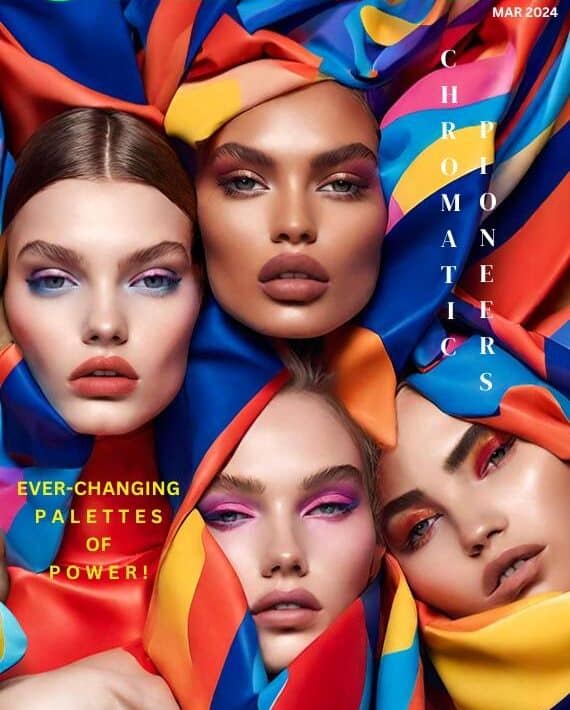Compete with the Charm of Color

In our fast-paced world, where visual stimuli bombard us from every direction, the importance of color cannot be overstated. It guides our choices, sparks our imagination, gives our surroundings meaning and even tell us how we feel. Color is our silent companion, enriching our experiences. A powerful and mystic guide.
The impact of color on consumer behavior and branding is one that is more than just aesthetics. It runs much deeper. Research suggests that different colors evoke distinct emotions and associations, influencing how consumers perceive brands and products.
Color in consuming
As a marketer it’s my job to make sure that branding is consistent for recognition and brand loyalty. But recently I learned from a study published in the journal Management Decision that people make decisions within 90 seconds of their first impression of a product, and color alone contributes up to 90% of the information that forms the decision.
Many marketeres make use of the Isolation Effect, a principle that suggests that a unique color in a field of uniform hues will stand out more. Brands that apply this psychological principle to brightly colored call-to-action buttons on their monochromatic landing pages, or to bold packaging that stands out among competitors on store shelves, may have much more success in driving consumers to purchase.
Color in cultures
In a globalized marketplace, understanding cultural nuances is crucial for effective marketing. Colors hold diverse meanings across cultures, and what resonates positively in one context may elicit different reactions elsewhere. For instance, while white symbolizes purity and innocence in Western cultures, it is often associated with mourning or funerals in many Asian countries.
Color in conversions
Color testing has emerged as a powerful tool for optimizing conversion rates. Through A/B testing and eye-tracking studies, marketers can gauge the effectiveness of different color schemes in driving user engagement and conversions. These experiments help identify which colors resonate most strongly with target audiences, informing design decisions for websites, landing pages, and call-to-action buttons. With the learnings businesses can fine-tune their visual strategies to maximize conversion opportunities and enhance the overall user experience.
By harnessing the principles of color psychology, understanding cultural nuances, maintaining brand consistency, optimizing for conversions businesses can wield the power of color to captivate audiences, foster brand loyalty, and ultimately achieve sustainable success in a colorful marketplace.



